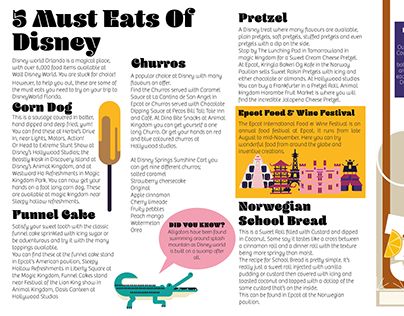For ounce counters, stakes are a prime location to save money. A lot of risk collections include a stuff sack that makes them easy to pack and protect.
They can quickly penetrate softer, sandy soils and want duff yet fight with rocky terrain. Their blunt ends take advantage of making use of a club.
Hook Stakes
Basically long needles with a point on one end and a squashed head at the various other, pin risks are easy however efficient. They work well in difficult ground where it's hard to drive in longer stakes and do specifically great in rough surface, as the tip can work its way between hidden rocks. Some versions (like Sea to Top's Ground Control stakes) have three notches for person lines, which minimize leverage and enhance holding power.
An usual alternative to shepherd's hook risks, plastic energy stakes generally have a Y-shaped shaft that won't twist in the soil and often tend to be longer than hook risks. They're strong and long lasting enough for moderate usage, though they are fragile if you try to hammer them right into rock or tough soil. They also require to be angled completely to prevent the person line from slipping off if it becomes relaxed over time (looping it around the shaft two times can assist). Size: Longer stakes small dirt over a greater depth and quantity, which can enhance total frictional resistance.
Nail/Pin Stakes
Nail risks have a pencil factor for easy driving into clay, rock, or compacted dirt. These risks are also a lot more sturdy than wood stakes and do not splinter. They are normally used in building, secure fencing, and erosion control jobs.
These risks have actually 12 spirally arranged nailing openings one inch on facility supplying each risk with 24 prelocated nail entrance points making them easy to use and quick to install. This nailing layout removes splitting, turning and splintering enhancing employee safety and security and removing shed labor time.
They are generally utilized in concrete developing to protect lumber or metal concrete forms and in flatwork applications. They are also a popular choice for affixing screed bar owner clamps in flatwork finishing, string line guides, securing landscape hardwoods and evaluating stakes. They are made from cold rolled united state made device steel for extra toughness and durability. They have an ordinary life 2 to 3 times that of competitors hot rolled stakes.
V Stakes
Lots of outdoor tents risk styles exist, ranging from easy aluminum and titanium round stakes to carbon-fibre ones created for a series of surface. Picking the right stakes depends on tent type, camp site place and ground density.
As any stake is driven into the ground, it displaces some soil along its length. The displaced soil compacts the dirt right away adjacent to the risk and helps to raise its toughness.
Stakes with a v-shaped satchel sample (like MSR's Ground Hog Y stakes or Sierra Designs FL risks) are much more sturdy than hook risks without adding much weight, and they additionally have a practical notch for the individual line. Nevertheless, they may do not have as much holding power in hard or rough ground. In such situations, angling the stake more detailed to upright can help. This maximizes the opportunity that a pulling pressure will get to compacted layers of dirt, increasing the risk's resistance to being pulled out. In a similar way, longer stakes pass through deeper right into the dirt and boost overall compaction.
Deck Risks
Essentially a thicker Y-peg, these risks use an additional flange to increase surface and enhance holding power. While a good choice in loose and sandy substrates, they do disturb more dirt on insertion than less intricate shapes. This can minimize holding power in difficult, dense ground - yet it's still a much better option than nails or pins.
A variant on the Y-stake, these risks have 3 notches for person lines to help in reducing utilize and can be helpful in hard and rocky ground. They additionally tend to be short and light, making them a wonderful option for backpacking in rough surface. The Sierra Designs Ground Control risks are a good example of this type, though there are numerous others on the market.
Like various other stakes that do not have a hook or guy line notch, these will need to be tilted completely to avoid the line from slipping off (as can take place if the line becomes slack). Looping the line two times around the shaft can aid.
